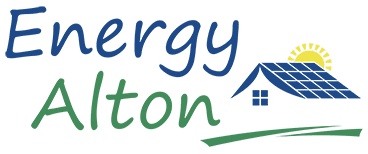Solar photovoltaic panels convert sunlight into electrical energy to generate a direct current (DC). This is then converted by means of an inverter to a 240V alternating current (AC) to use in your home or for export to the electricity grid.
Before deciding to install PV panels you need to check the following features in your home:
- Do you have a south facing roof to pick up maximum exposure to the sun?
- Are there any trees or buildings which cast a shadow over the solar panels? This can considerably reduce the amount of electricity generated by the panels.
- Is your roof able to take the weight of the panels?
You do not need planning permission to install solar PV panels, unless your house is a listed building or situated in a conservation area.
The amount of money you can save depends on how you use your electricity and typically a decent PV system will provide about the household’s needs. It is better to use surplus electricity yourself, as the amount you are paid for exported electricity is currently much less than that paid for electricity imported to your home. Use all your appliances on hot sunny days!
There is still a small benefit to be derived from the Smart Export Guarantee Scheme and to be eligible for this your installer must be registered with Microgeneration Certification Scheme (MCS). Check also to ensure that your installer subscribes to the Renewable Energy Consumer Code scheme.
Need to know some more?
| CSE | Domestic-scale solar electricity advice leaflet; |
| Getting the most out of your solar panels; | |
| EST | Generate cheap, green electricity from sunlight. |
Cleaning your solar panels
Solar panels are designed to be self cleaning in the UK, but if the weather has been particularly dry, or there has been a build up of moss or lichen, a clean may improve their efficiency. A mild detergent should be used and if you are in a hard water area (such as Alton) then softened water or harvested rain water is less likely to leave a residue. We recommend using a professional to clean a roof-mounted system – Checkatrade lists 14 contractors in Hampshire that provide this service – see list here.

